In this post, we will see the theory of connecting multiple motors to run with a single variable frequency drive (VFD).
We all know how important a VFD is to run a variable-speed motor. The use of electronics in it greatly helps in controlling the overall aspects of a motor. But, it is also to be noted that we can run multiple motors with a single VFD. It is of great use, which many users are not aware of.
They help in saving money, as multiple VFDs for the corresponding motor will increase the budget of the system to a great extent. Reduction in components means an automatic reduction in the overall size of the cabinet panel and design.
As the number of VFDs is reduced, it also helps in decreasing the maintenance time and thus, the complexity of the panel is reduced to a very large extent.
Run Multiple Motors with a Single VFD
See the below image for reference of the design.
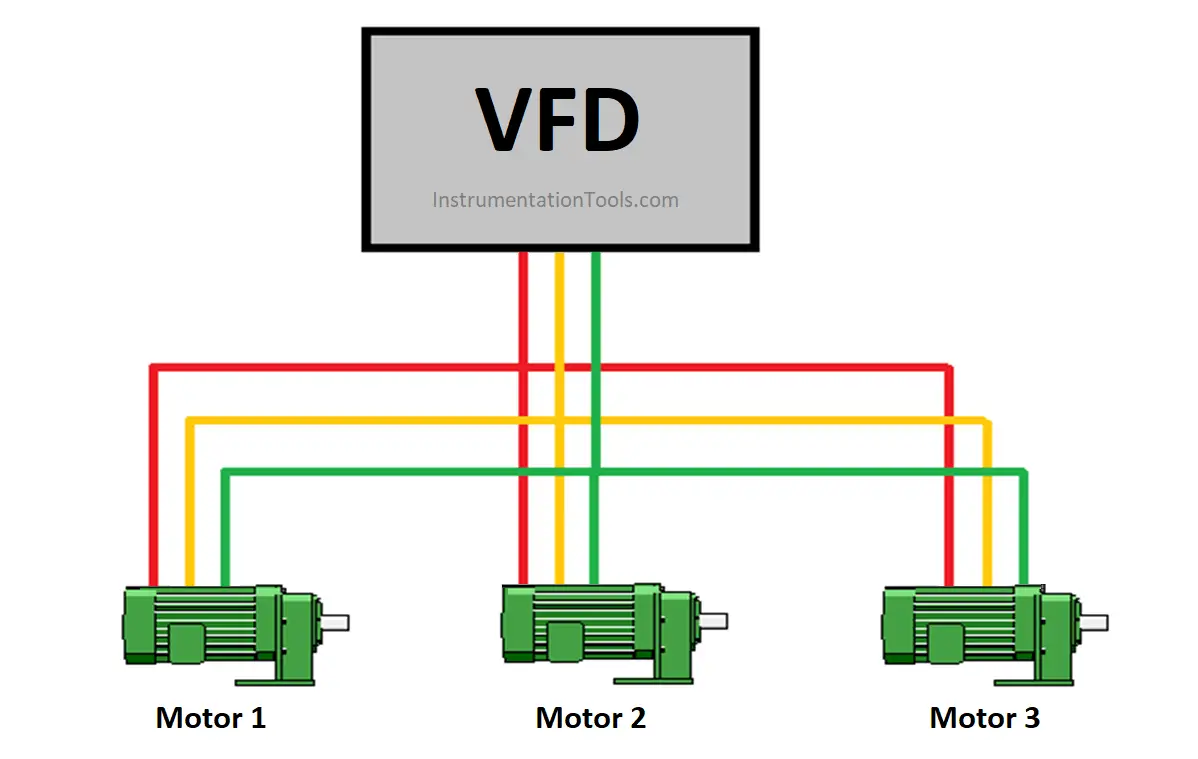
A single VFD also dissipates less amount of heat in the electrical panel as compared to multiple VFDs.
It also has the advantage that if in the application, all the motors are running at the same frequency (suppose a fan system), and if anyone motor fails, then the remaining motors will continue to fulfill the demand criteria. The capacity will be a bit smaller, but it won’t stop the system.
Now, let us consider the factors which must be considered for designing this system.
Speed
As we know, a VFD has variable speed, and now, if we connect multiple motors; then it is common sense that all the motors must run at the same speed at a time. This brings application understanding into the picture.
You must be able to confirm first that all the motors will run at the same speed simultaneously for a lifetime.
There should not be any logic or need which will demand a change in speed in any of the motors. It should not be like in a set of three motors, two motors will run at 25 Hz and one motor will run at 30 Hz.
Protection Circuit
First, select a VFD rating (Total Horsepower and Current) which must be higher than the total horsepower and current combined of all the motors.
Suppose if in a set of three motors, each one of them has a maximum current rating of 10 A and a maximum horsepower of 15 HP, then the VFD ratings must be higher than at least 20% extra of 30A and 45HP.
But, consider the logic that if any motor trips by over current or short-circuit, then that motor current would be higher than 10 A; but the VFD would not trip as it has been selected with a higher current rating as discussed earlier.
So, to protect the circuit against such conditions, it is required to install an overload relay or any other protection system in all the individual motor paths.
The feedback of these relays can then be used to trip the whole system in case of even a single motor fault.
This improves the safety of the system and the presence of such a good protection circuit enables the designer to properly use the circuit with all the fault-lock conditions.
See the below image for reference.

VFD Sizing
VFD has the main parameter of accelerating and decelerating a motor speed according to the time set.
If all the motors can be started to reach their running frequency or stopped at the same time, then it is not a concern. But, design becomes a constraint if some of the motors will start or stop at a different time.
Consider the example now. Two motors are of smaller full load ampere (FLA) and HP rating, and the third one is of a larger FLA and HP rating.
If all the motors are started or stopped simultaneously, then it is not an issue. But, if the condition comes to run both the smaller motors first and then start the bigger motor, then the sum of the FLA will have to be recalculated.
This brings locked rotor ampere (LRA) into account. Apart from considering the FLA of both the smaller motors, the LRA of the bigger motor will also have to be considered. LRA is the amount of current drawn by a motor during the start.
Due to this, as the bigger motor wouldn’t be accelerated from zero frequency and voltage to its running condition, the VFD will work like a DOL starter for it and would require its full LRA rating to quickly reach itself to the running frequency of the motor.
So, the total FLA considered will be the FLA of both the smaller motors and the LRA of the bigger motor.
This will increase the size of the VFD, as now the current rating has increased with increased HP. This concept is called upsizing of VFD (promoting the sizing of the VFD from the earlier ratings).
Author: Viral Nagda
If you liked this article, then please subscribe to our YouTube Channel for Instrumentation, Electrical, PLC and SCADA video tutorials.
You can also follow us on Facebook and Twitter to receive daily updates.
Read Next:
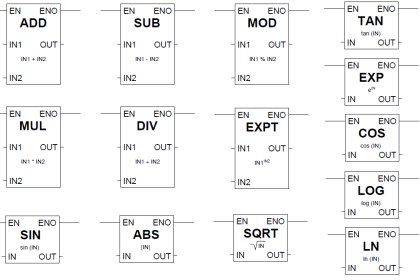
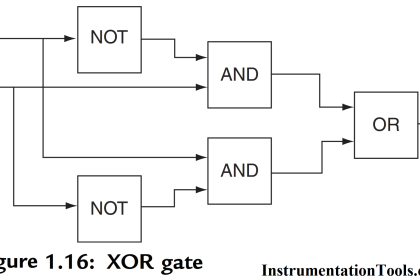
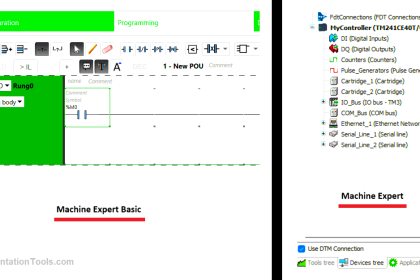

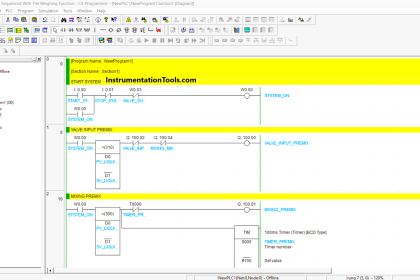
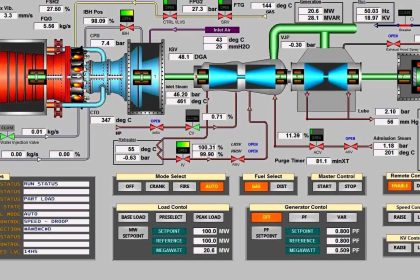

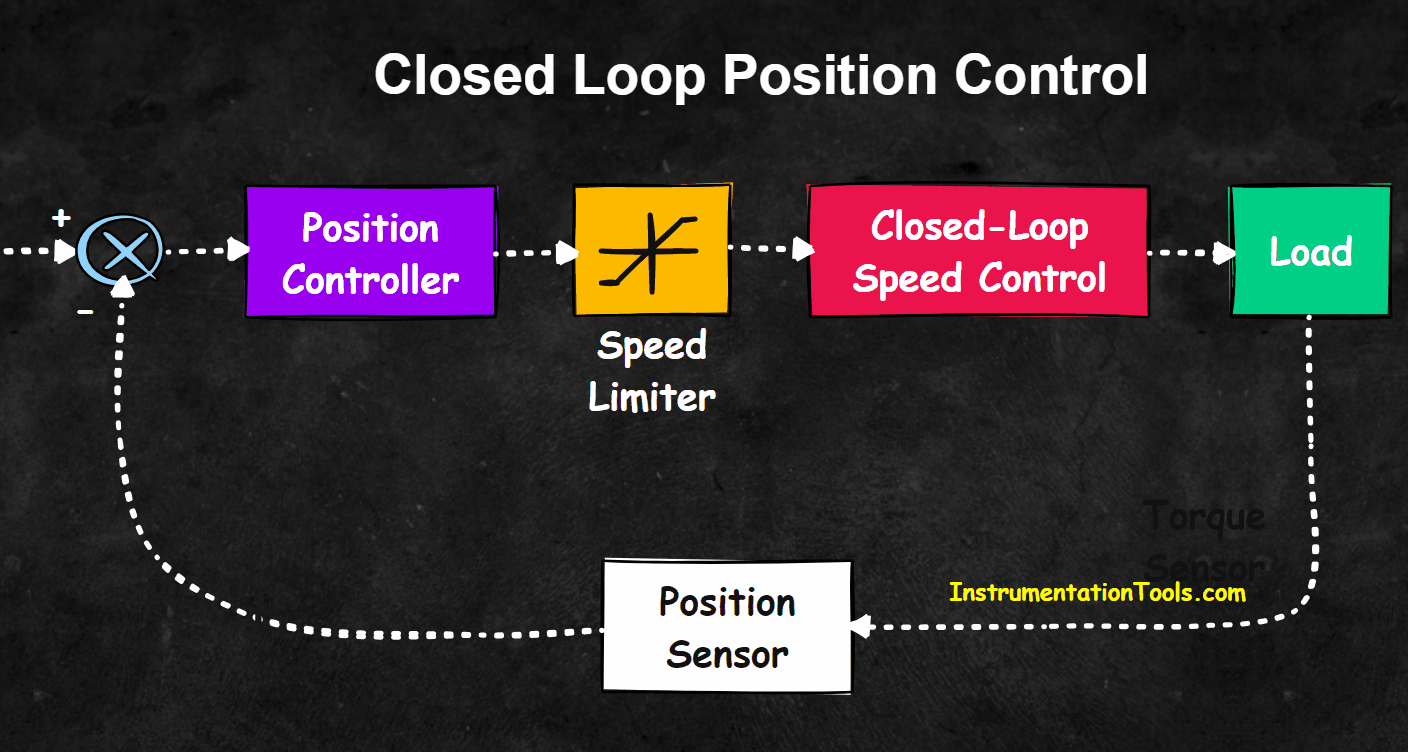
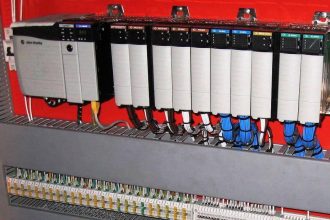
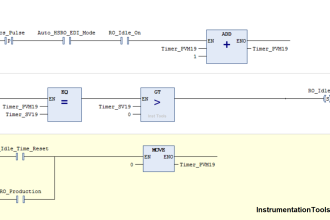

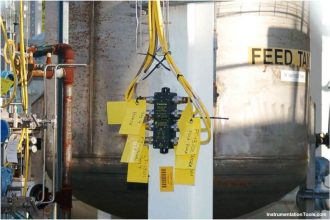


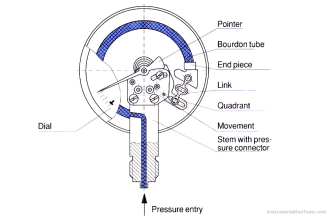


We need operating instructions/ parameter settings of vfd and controlling. Which time which parameter will be settings. This rules employ.
Bad article. Lots of infirmation missing NEC requirements that substantially impact cost and code enforcement. Additionally, there are specific motor specifications not addressed and specific vfd installation techniques not addressed